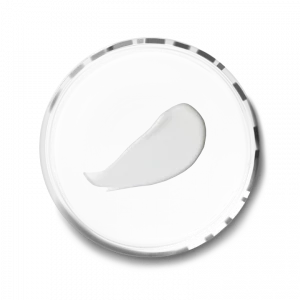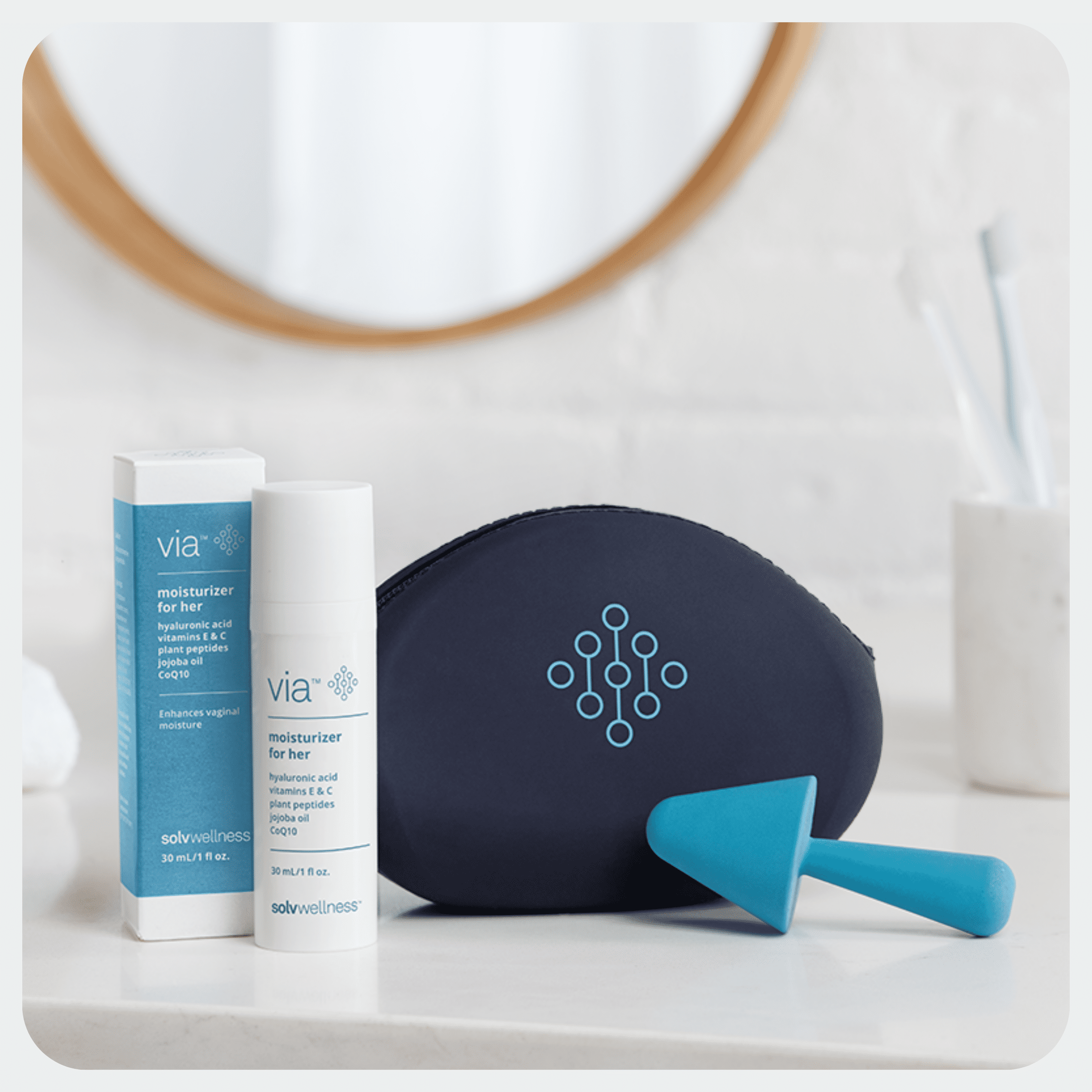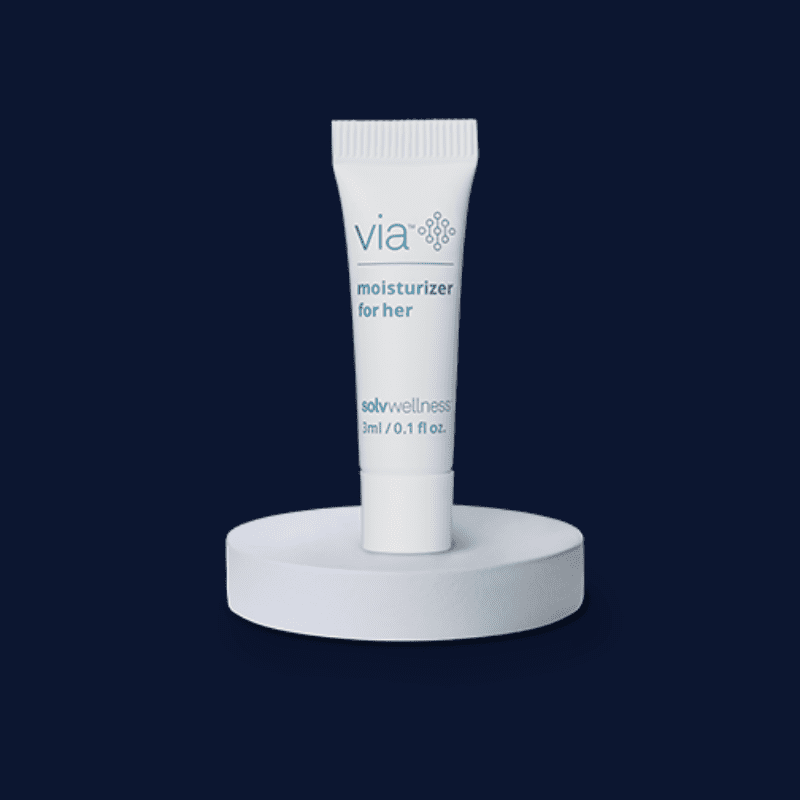Hyaluronic acid – A humectant with potent water-binding capacity.1,2,3
Vitamin E & CoQ10 – A combination of dl-α-Tocopheryl Acetate (Vitamins E) & Ubiquinone (coenzyme Q-10). Aids in restoration of the lipid barrier and promotes cell membrane functionality.4
Vitamin C – Tetrahexyldecyl Ascorbate is a free radical scavenger retained in the epidermis and, to some extent, in the dermis with longer lasting anti-oxidant activity than Ascorbic Acid.5
Peptides (amino acids) – Support collagen and elastin, aiding tissue hydration and resilience.6,7
Jojoba oil – Accelerates wound healing, promotes hydration, and smoother and softer skin.8





